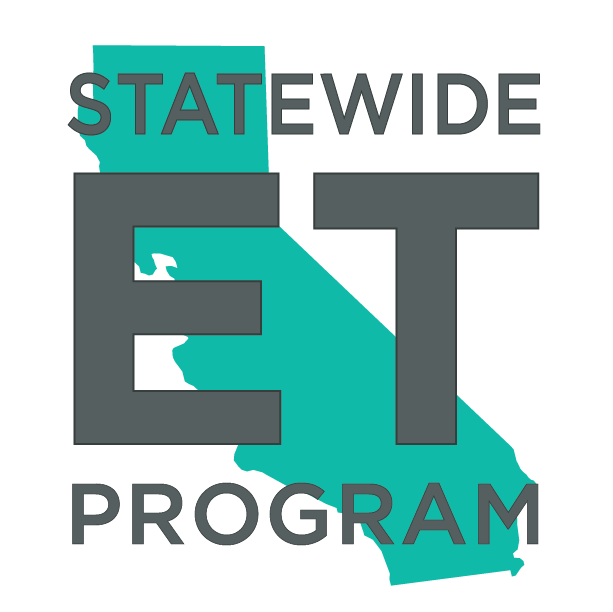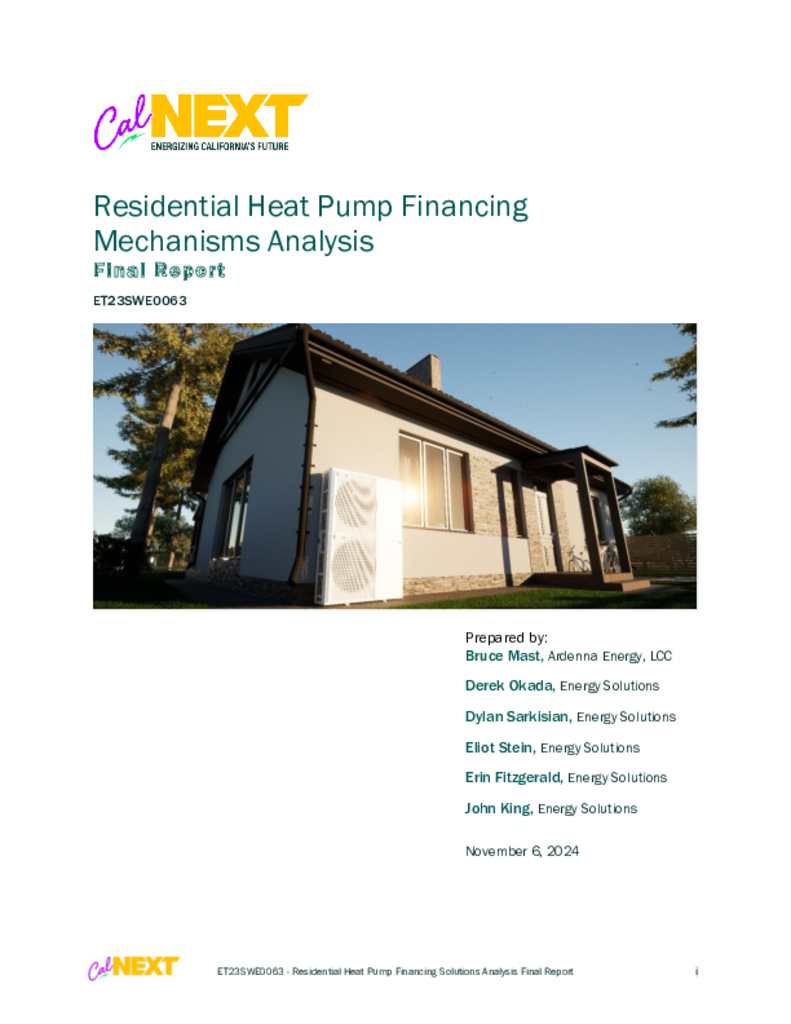ET23SWE0063 - Residential Heat Pump Financing Solutions Analysis
While HVAC heat pumps (HP) and heat pump water heaters (HPWH) continue to grow in market share for California (CA) single-family households, upfront cost remains a significant barrier to market transformation. Legislation, incentives, and education efforts have all motivated electrification. However, if the state and its investor-owned utilities (IOU) intend to achieve mass market adoption of HP technologies and significant progress toward decarbonization goals, they will need to support the deployment of a robust set of financing products for residential customers. Yet, to date, effective financing solutions for HP technologies are not widely available to CA residents at scale.
Through this CalNEXT market study, the Project Team aims to document the feasibility of multiple financing solutions that can accelerate HP market transformation in CA. The Project Team will start by reviewing the state of energy and electrification financing in CA, identifying salient HVAC and related energy technology financing products along with legislation influencing development of these solutions. Through this research, the Project Team will select up to four financing products with high potential to support HP market transformation to focus on for additional evaluation. The Project Team will interview key stakeholders across the supply chain and source financing project data, as available, to gain insight into how each of these solutions align with customer financial interests. By analyzing opportunities and barriers and risk and reward allocation for these solutions, the Project Team plans to provide a guide for thoughtfully deploying these financing solutions to targeted customer segments across the residential market. If effectively scaled, multiple, targeted residential financing products would aid all CA homeowners in adopting HP technologies, benefiting themselves and helping CA and the state’s IOUs make progress on decarbonization goals.

